
Mermen
What is a Mermen?
A mermen is a mythical creature that has the upper body of a human and the lower body of a fish.
They are the male counterparts of mermaids, the female version of the same creature.
Mermen are often depicted as handsome and powerful beings, who can control the waters and communicate with aquatic animals.
These creatures have appeared in various cultures and legends around the world, such as the Greek god Triton, the Chinese renyu, and the Norse marmennill.
Mermen are usually associated with the sea, but some stories also describe them living in rivers, lakes, or ponds.
They can sometimes change their shape and appear as fully human, or as other animals.
Mermen may fall in love with humans, or lure them into the water with their enchanting voices or music.
They may also be friendly, helpful, or wise, offering guidance or assistance to those who encounter them.
Mermen are fascinating and mysterious creatures, who have captured the imagination of many people throughout history.
They represent the connection between humans and nature, and the wonders and dangers of the ocean.
Mermen are also symbols of beauty, strength, and freedom, as they can swim and explore the vast underwater world.
Example of the color palette for the image of Mermen

See these colors in NCS, PANTONE, RAL palettes...
What does a Mermen look like?
A mermen is a mythical creature that is half-man and half-fish.
The upper part of their body resembles a human, while the lower part has a fish tail.
Mermen can have different appearances depending on the culture and folklore that describe them.
Some mermen are handsome and noble, while others are hideous and monstrous.
Mermen are often associated with the sea god Triton in Greek mythology, who was the son of Poseidon and Amphitrite.
Triton had a conch shell that he used to make sounds and control the waves.
He was also the father of many other mermen and mermaids.
Another famous mermen from Greek mythology was Glaucus, who was originally a human fisherman.
He ate some magical grass that made him want to live in the sea, and the sea gods transformed him into a mermen.
He had a blue-green color and a fishy member instead of legs.
He fell in love with the nymph Scylla, but she rejected him and was turned into a monster by Circe.
Mermen are also found in other cultures and regions, such as Scandinavia, where they are called marmennill.
They are said to have prophetic abilities and can foretell the future of those who catch them.
They can also cause storms and shipwrecks if they are angered.
Mermen are fascinating creatures that have captured the imagination of many people throughout history.
They are part of the larger group of merfolk, which includes mermaids and other hybrid beings.
Mermen represent the connection and contrast between humans and the sea, and the mystery and wonder of the underwater world.
Example of the color palette for the image of Mermen

See these colors in NCS, PANTONE, RAL palettes...
What do Mermen do?
They are often depicted as living in the oceans, rivers, or lakes, and having various abilities and roles depending on the culture and folklore.
Here are some examples of what mermen do:
In Greek mythology, mermen are called Tritons, and they are the sons of the sea god Poseidon and the sea goddess Amphitrite.
They serve as the messengers and heralds of their father, and they can create waves and storms by blowing their conch shells.
They also accompany Poseidon in his chariot, drawn by sea horses.In Norse mythology, mermen are called marmennill, and they are said to be able to foretell the future and reveal hidden treasures.
They are also associated with fishing and navigation, and they can be friendly or hostile to humans.
Some legends say that they can transform into humans and marry human women.In Chinese mythology, mermen are called ren yu, and they are believed to be the offspring of a dragon and a human.
They are considered auspicious and lucky, and they can grant wishes and heal diseases.
They can also change their shape and size, and they can breathe both air and water.
Mermen are fascinating creatures that reflect the human imagination and curiosity about the underwater world.



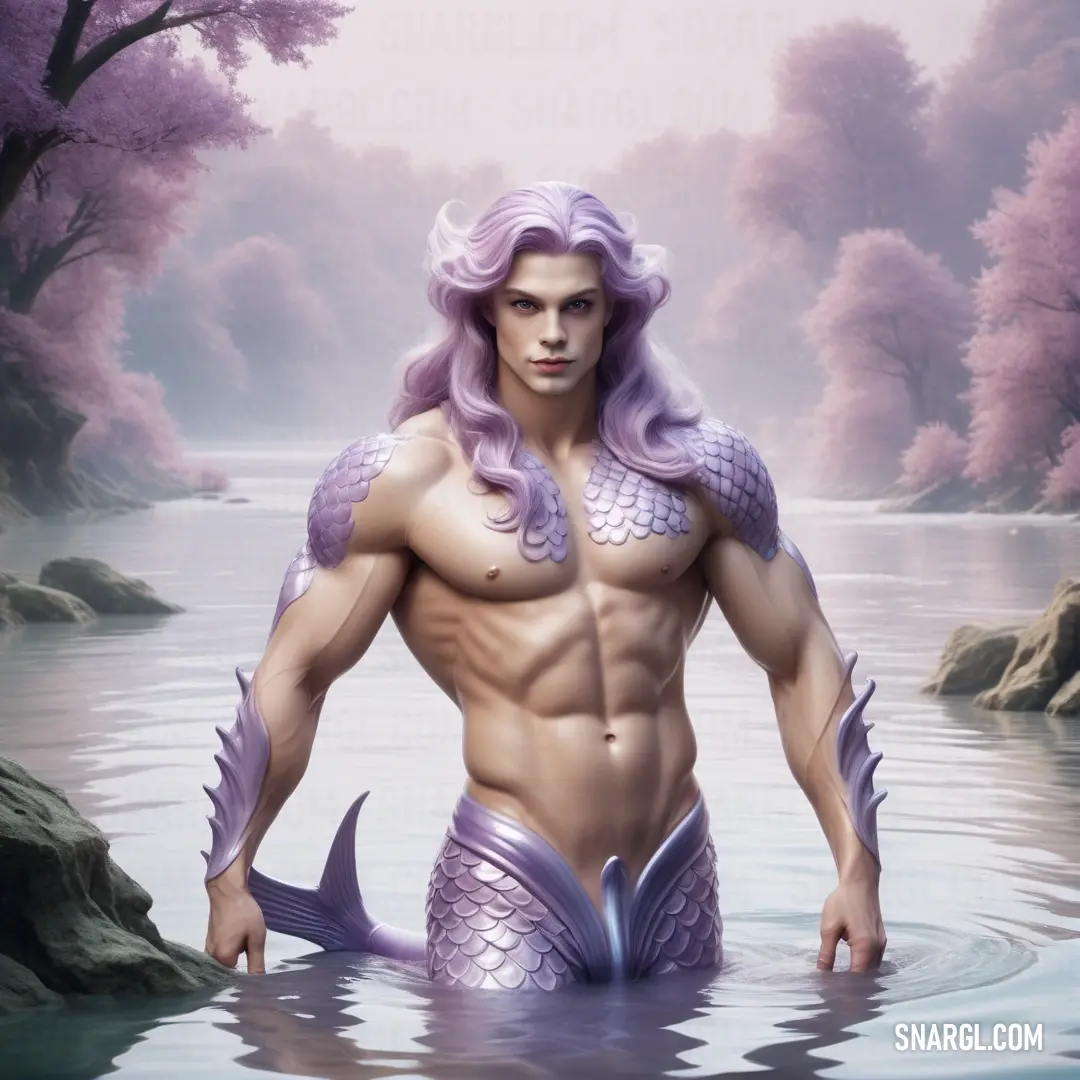
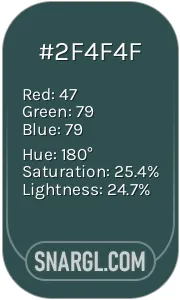 Dark slate gray
Dark slate gray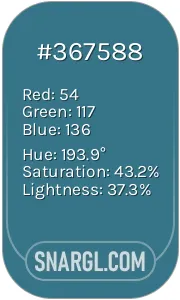 Teal blue
Teal blue Light slate gray
Light slate gray Cadet grey
Cadet grey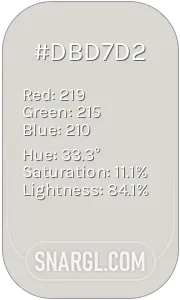 Timberwolf
Timberwolf
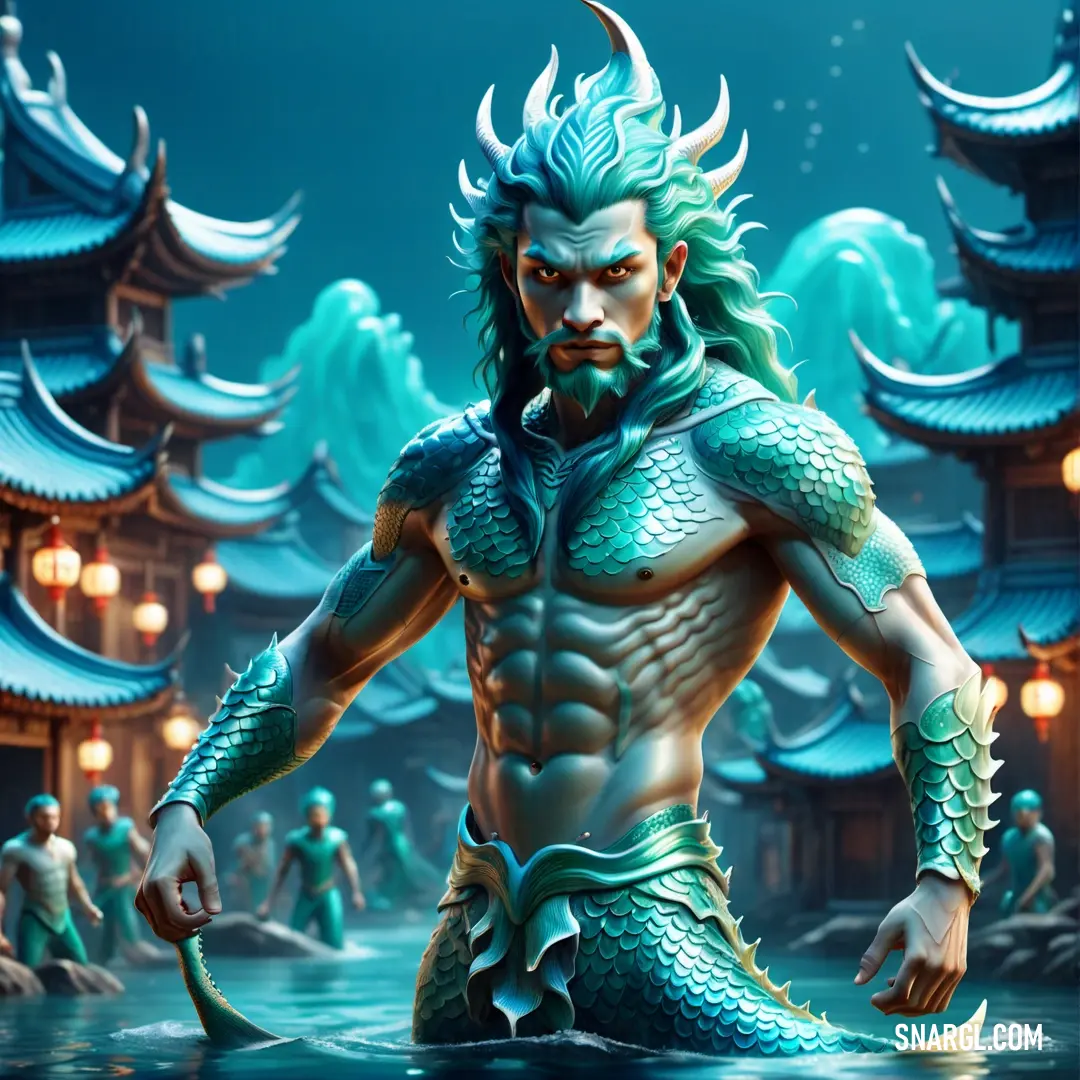
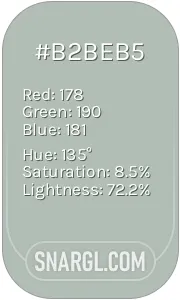 Ash grey
Ash grey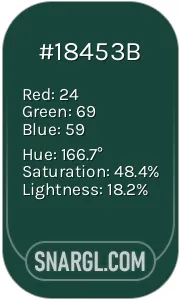 MSU Green
MSU Green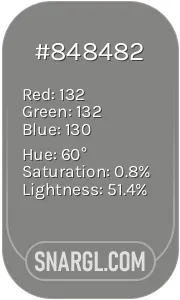 Battleship Grey
Battleship Grey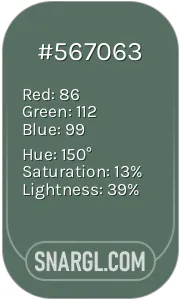 Dark tea green
Dark tea green






